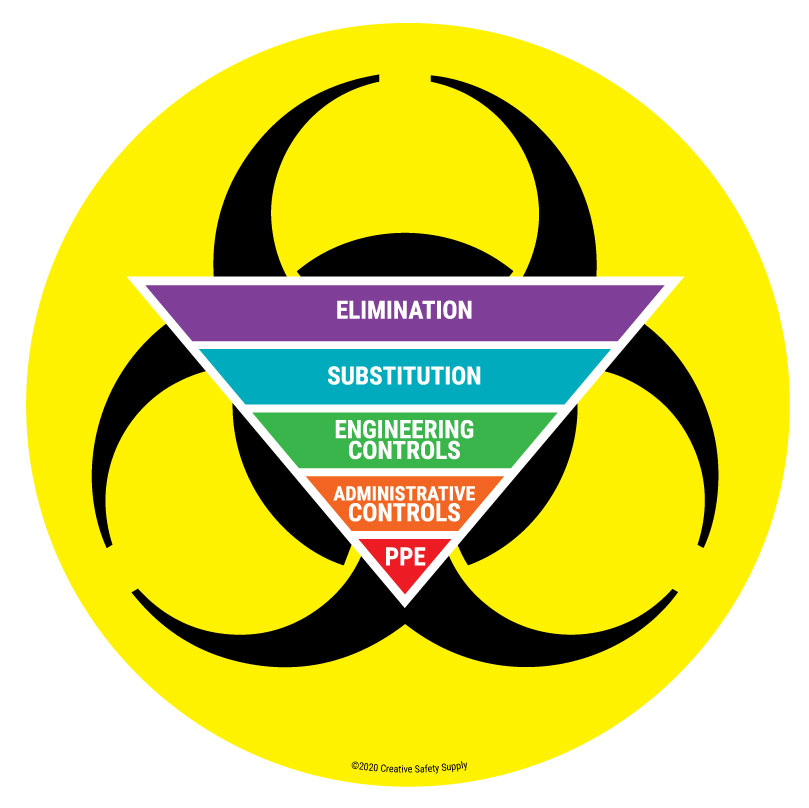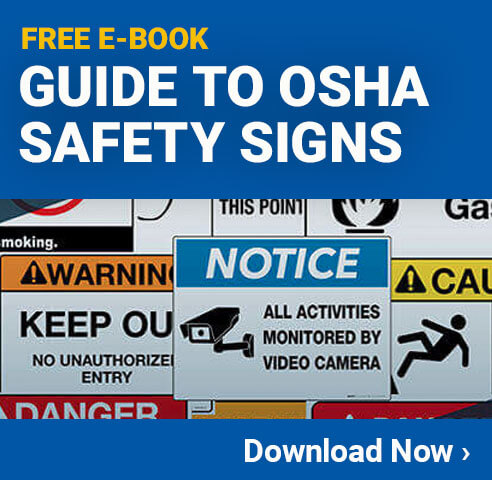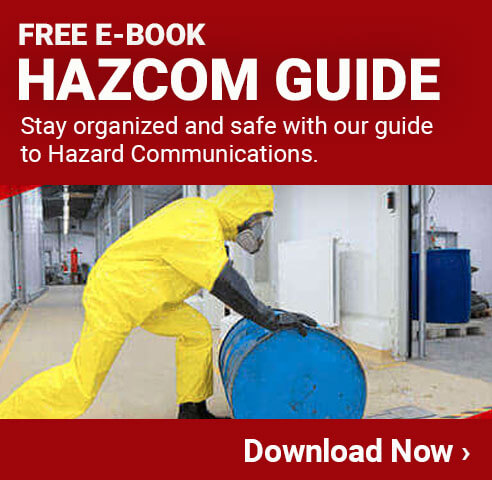
Biological hazards, commonly known as biohazards or biological agents, are organic substances or organisms that pose some level of threat to human health. Biological hazards can affect humans in a number of ways, and reactions can range from mild irritation to death.
Those working in healthcare are often exposed to biological matter in the form of human bodily matter (i.e blood, saliva, tissues, etc.), people who work with animal products or live animals are exposed to animal disease, and laboratory workers are typically exposed to a number of biohazards. These industries are more likely to death with biological hazards on a regular basis, but anyone working around other people, in unsanitary conditions, or in the environment can be at risk. Other common biohazards include mold and fungi, sewage, strains of the flu, viruses, and bacteria.
 Safety managers will need to assess and evaluate the biohazards in the facility. Are employees working directly animals, humans, or insects? Is the facility clear of any mold or fungi? Does the facility deal with sewage? After completing a hazard assessment, the Hierarchy of Hazard Controls should be consulted for implementing safety solutions:
Safety managers will need to assess and evaluate the biohazards in the facility. Are employees working directly animals, humans, or insects? Is the facility clear of any mold or fungi? Does the facility deal with sewage? After completing a hazard assessment, the Hierarchy of Hazard Controls should be consulted for implementing safety solutions:
- Elimination (most effective): Completely removing the hazard in the workplace.
- Substitution: Replacing the hazard with a safer option.
- Engineering controls: Reducing or eliminating risk through physical means.
- Administrative controls: Developing work processes and guidelines that will make the hazard safer.
- PPE (last line of defense): Personal equipment and garments that protect the worker in case of unexpected contact.
If a biological spill occurs in the workplace, it is necessary to be adequately prepared with biohazard spill kits. These kits typically include specific biohazard sorbents, neoprene gloves, sanitizing surface and hand wipes, a protective lab coat or gown, and a copy of biohazard spill response procedures. These spill kits should be kept in an easy-to-reach location in the case of an emergency spill.
Similar Glossary Terms
- Hierarchy of Controls
- Administrative Controls
- Industrial Hygiene
- Environmental Hazard
- Safety Engineering
- Health Hazard
- Pinch Points
- Indoor Air Quality (IAQ)
- Injury Prevention


